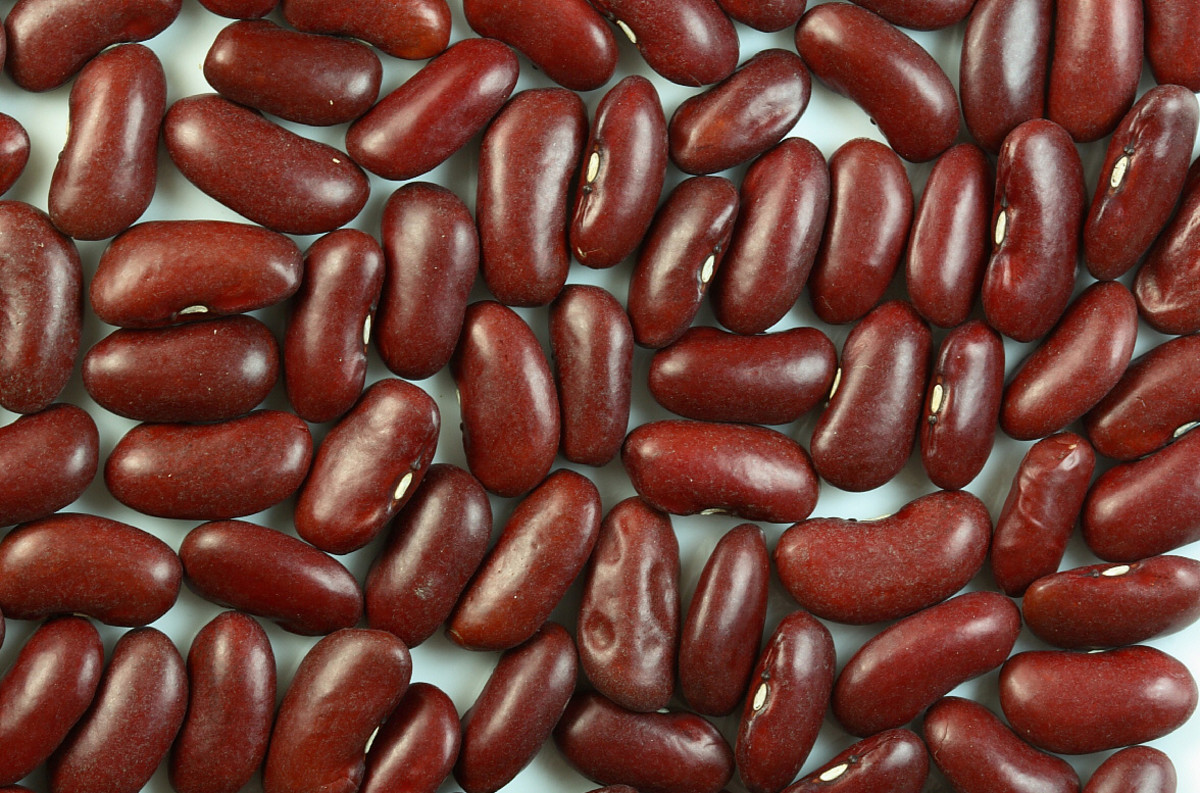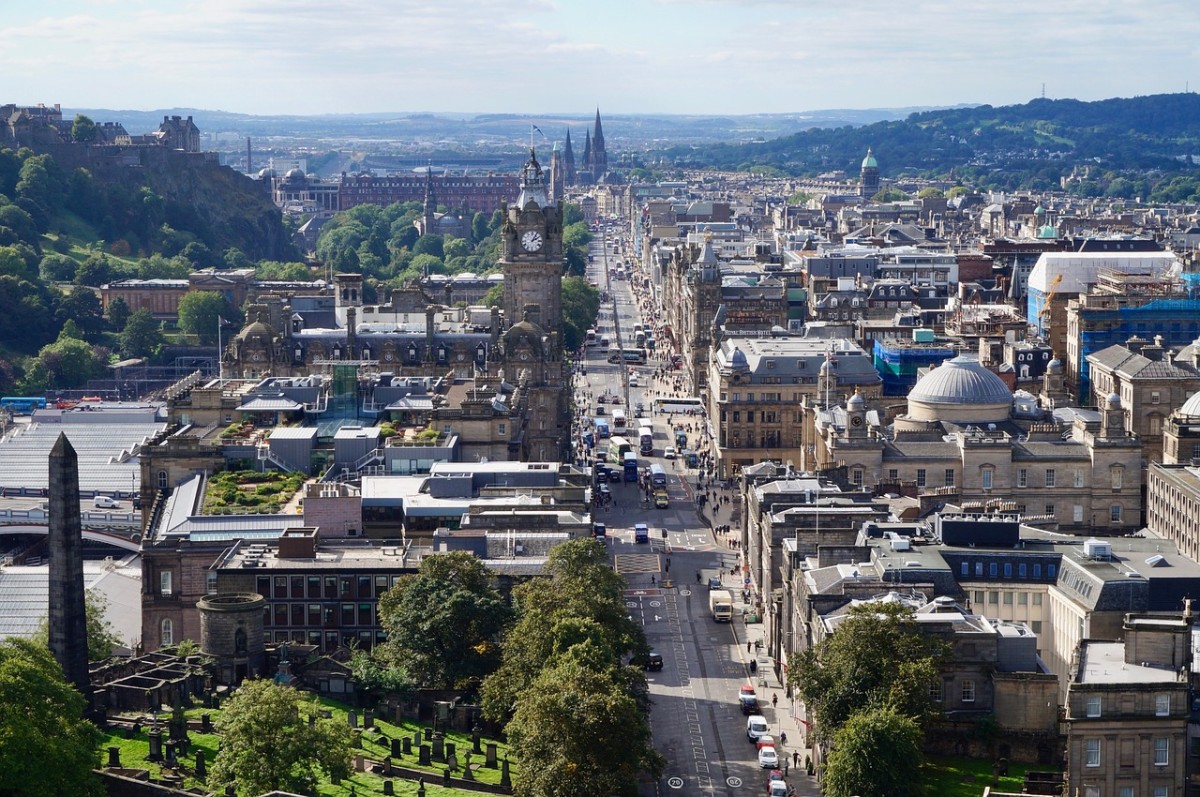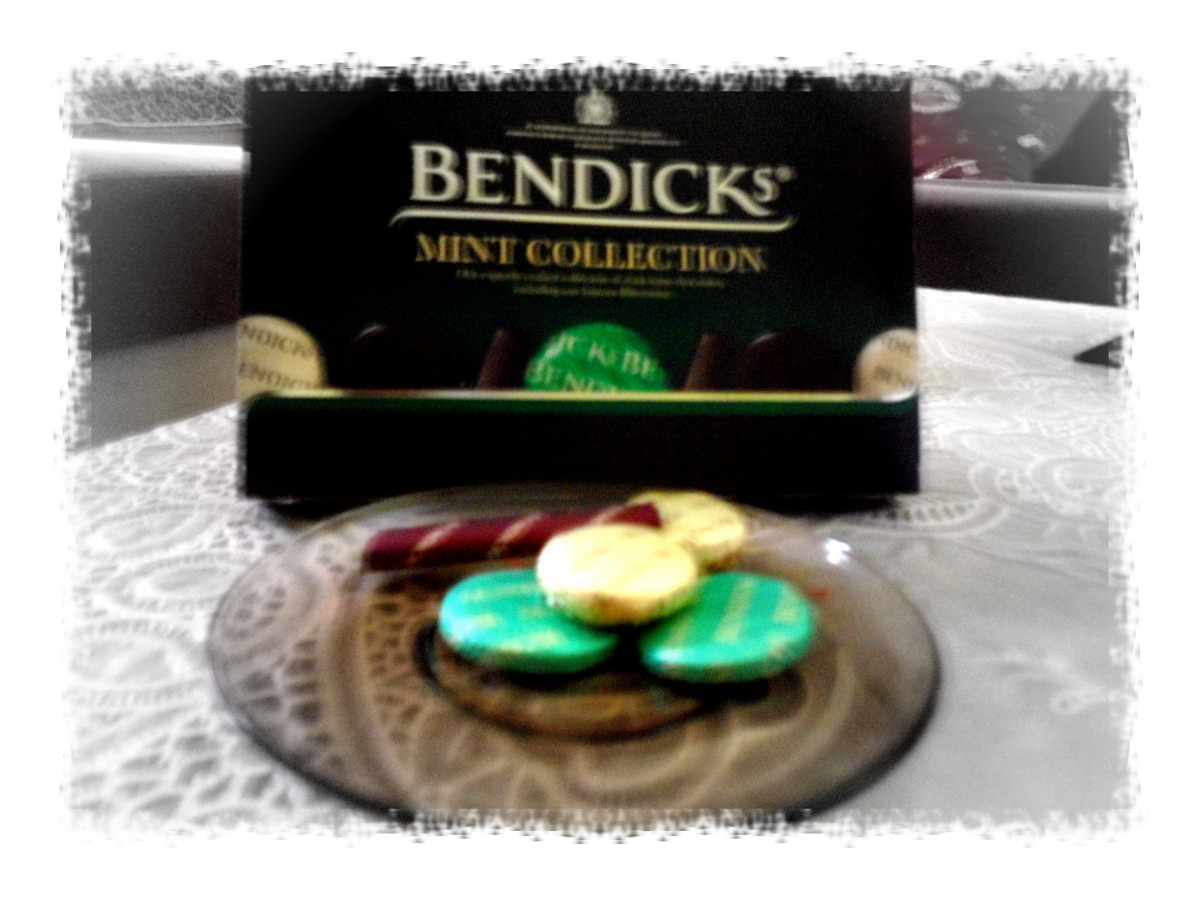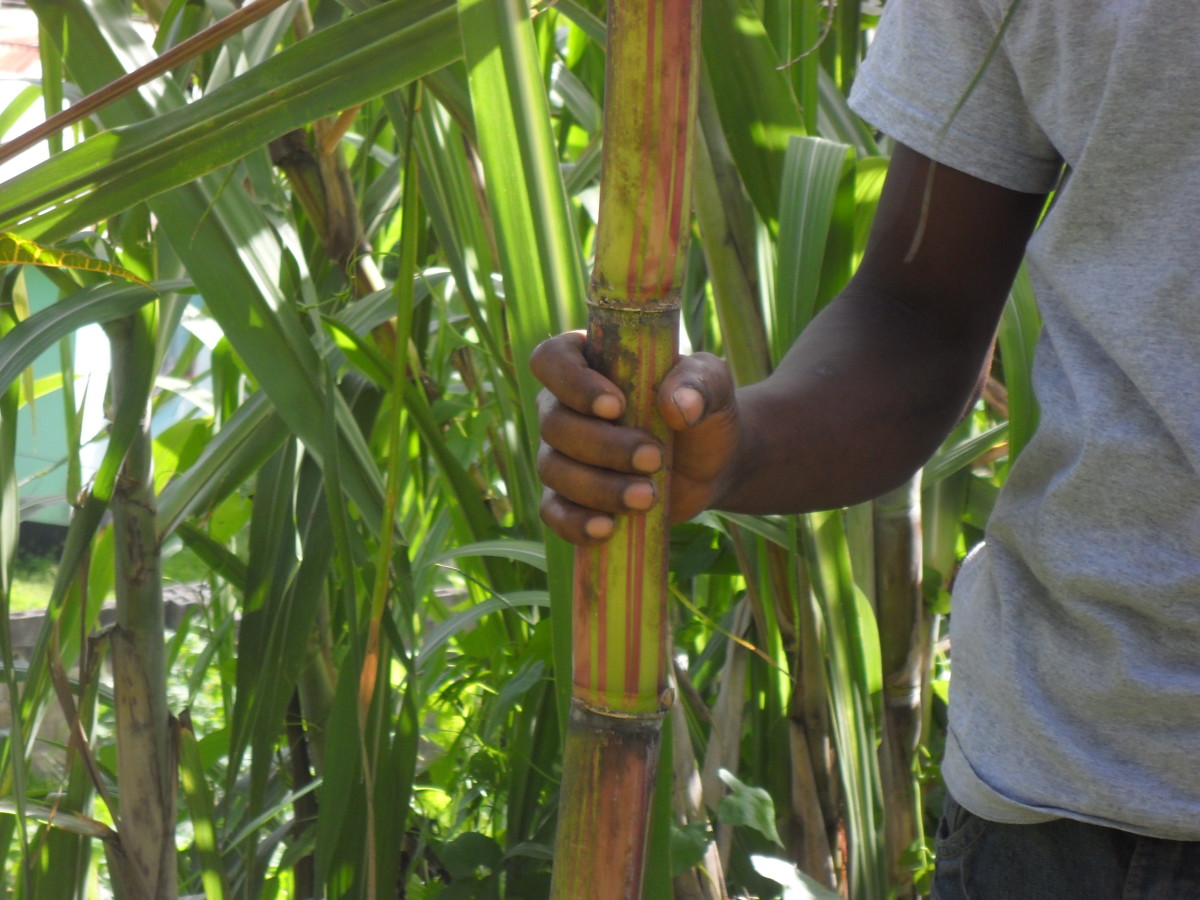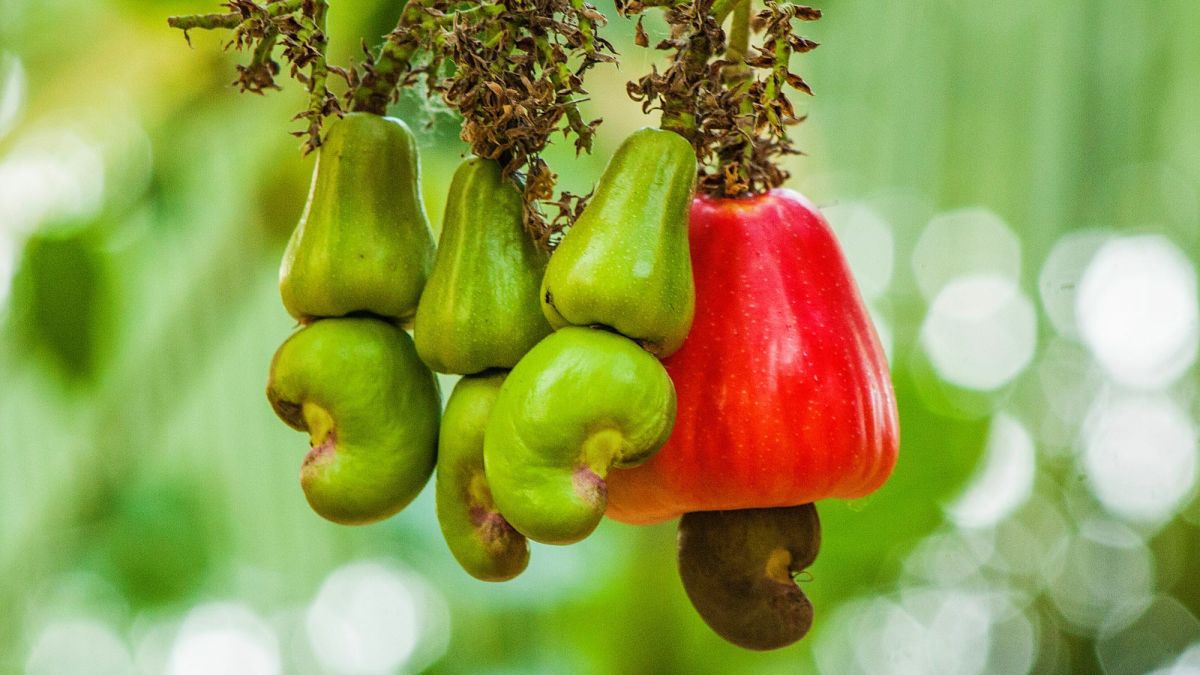The Amazing History About the Cacao Bean(cocoa) and - How the Tree Grows
The history of our beloved chocolate is exotic...
Not only that; but the way the cacao tree which bears the fruit from which chocolate is manufactured is exotic as well!
The origins of the first discovery of the use of the cacao bean is lost to history...while the discovery is attributed to the Mayans and Aztecs, it is though that the origins go further back in history. It is agreed the cacao tree first grew in the Amazon Orinoco basin and perhaps was discovered by the ancestors of the ancient Mayans and Aztecs.
When Columbus set foot in the Americas the cacao bean was already being cultivated. Records show Columbus knew about the cacao bean but no Europeans were interested and so chocolate remained a secret for awhile longer.
It was Cortez, the Spanish conquistador that brought the cacao bean to Europe. In 1528 he presented Charles V with the beans. He had observed the Aztec emperor, Montezuma drink cup after cup of the beverage “xocoatl", a bitter and spicy chocolate drink. Spices used in this ancient chocolate beverage of the Aztecs were: vanilla, allspice, exotic flowers , honey and chillies! This ancient chocolate drink was reserved for nobility only.
The cacao bean was highly valued ; even used as a currency by the Aztec population. Cortez must have reasoned there was a use for such valuable cacao beans somewhere, somehow… and he reasoned correctly. The Spanish were responsible for beginning cacao tree plantations in Trinidad, Haiti and the island of Ferdinand Po. Eventually, cultivation spread to the mainland of Africa.
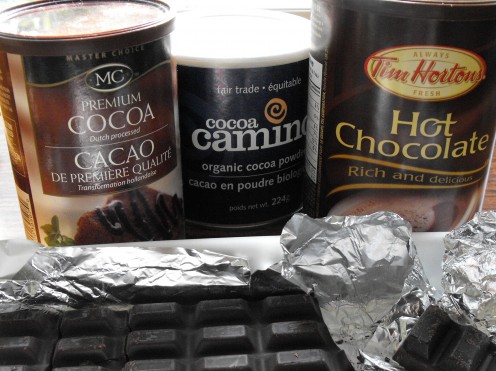
The Spanish gave us hot chocolate!
They experimented and gave us a hot beverage we still enjoy by simply adding hot water and sugar cane. The drink quickly became the rage in Spain and its colonies, but still it was only available to nobility. The Spanish used :vanilla, allspice, nutmeg, and cinnamon and substituted black pepper for the hot chillies of the Aztecs.
It took much longer for the English and Dutch to catch on to this beverage of the gods.
The popularity of chocolate began its spread across Europe. The English added milk to their version of hot chocolate and it became an item in coffee houses of the late 1600’s
By 1705 the Dutch doctor Stephani Blancardi was extolling the virtues of cacao for not only it’s taste but also the reputed health benefits. The Quakers were praising chocolate as a substitute for gin. At this time chocolate began to be processed commercially and became affordable to the masses and popularity soared. Chocolate had arrived! However, the thickening agents were odd. One thickening agent was brick dust (Yuk).
S. J. Fry and Sons combined ground cacao beans with extra, melted cacao butter and sugar into a paste and placed the paste in molds where it hardened into the first chocolate bars.
The first chocolate factory was established in the New World in 1765… in Massachusetts but it wasn’t until 1824 that a Quaker named John Cadbury began a grocery shop in Birmingham, England and began roasting cacao beans only to discover how lucrative the little bean was and went on to concentrate on manufacturing chocolate. Cadbury manufactured and marketed the first boxed chocolate candy and an empire was born! Cadbury is quite well known across the globe today!
That is how cacao beans became our beloved chocolate of today.
The story does not end there for the tree itself and its fruit is quite exotic and unusual. Read on...
The cacao tree only grows twenty degrees north and south of the equator
The tree is fragile and requires shade of the rainforest canopy and protection from winds. The bark is soft and grows colourful lichens and orchids on its branches. The tree can grow to heights of 25 feet but that is its limit, which is just as well as the tree is too fragile to climb. Harvesting the cacao pods is done with poles equipped with blades that lop off the mature pods which drop to the ground. Machetes are used at ground level. Harvesting is a delicate operation for the tree cannot be harmed and experience is needed to determine when the pods should be harvested. Trees can remain productive for 40 years, though peak production is determined to be around 22 years.
The trees are said to resemble apple trees, but the similarity must refer to the structure of the branches since the similarity ends there. The leaves are large, red and glossy while young and turn a dark green as they mature. Tiny waxy pink and white flowers cluster on the trunk and the older branches. You read it correct…the flowers cluster on the trunk! Only 3 to 10 percent of the flowers produce fruit which is the cacao pod.
The pods grow along the trunk, looking odd to those of us used to seeing fruit hanging from tips of branches! The pods fit into the fist of a man and have a resemblance to an elongated, oval squash. The pods are yellow, red or variegated green depending on the varieties.
There are three broad varieties of cacao trees: Forastero, the most common variety, produces a yellow pod with purple beans, Criollo with red pods and a mostly white bean and Trintario a hybrid of the first two.
When the pods are harvested the beans have to be taken out of the pods where they sit nested like the kernels on corn. A pod split lengthwise in a man’s hand looks like a set of even teeth in its grinning pod!
The beans are then placed on banana leaves and covered with more banana leaves and allowed to ferment for a designated amount of time in the pulp that surrounds the beans and acts as the medium that ferment the beans , causing them to become brown and develop the characteristic chocolate aroma.
After fermentation the beans are dried completely before they are sacked and sent for processing around the world!
One cacao tree produces 20 - 30 pods per year. The year’s crop from one tree produces just 450 grams of chocolate…wow.
The manufacture of the cacao bean now requires further separation of the shell of the bean and the nib, which is then roasted at 105-120 degrees Celsius. After roasting the nibs are ground and heated to form a “mass” containing 53 – 58 % cacao butter. This mass is pressed to release the chocolate liquor (non alcoholic) which is used to produce the world’s chocolates by various recipes which are carefully guarded secrets of each chocolatier!
Now when you sink your teeth into the next genuine chocolate confection consider you are eating food of the gods an apt description of the eighteenth century biologist Carolius Linnaeus who renamed the cacao tree to Theobroma Cacao. Theobroma is translated “food of the gods”! I agree.
While you are at it...you might want to experiment with your next chocolate drink...chillies anyone?
References:
National Geographic magazine Vol 166 No. 5 November 1984
The Dark Side of Chocolate Production...Link to Hub of leahlefler
- Chocolate Slavery: Slave Labor in the Cocoa Industry
This link connects to a Hub by Hubber leahlefler...unfortunately, the history of chocolate is not all romantic and the misery persists to this day and age.

